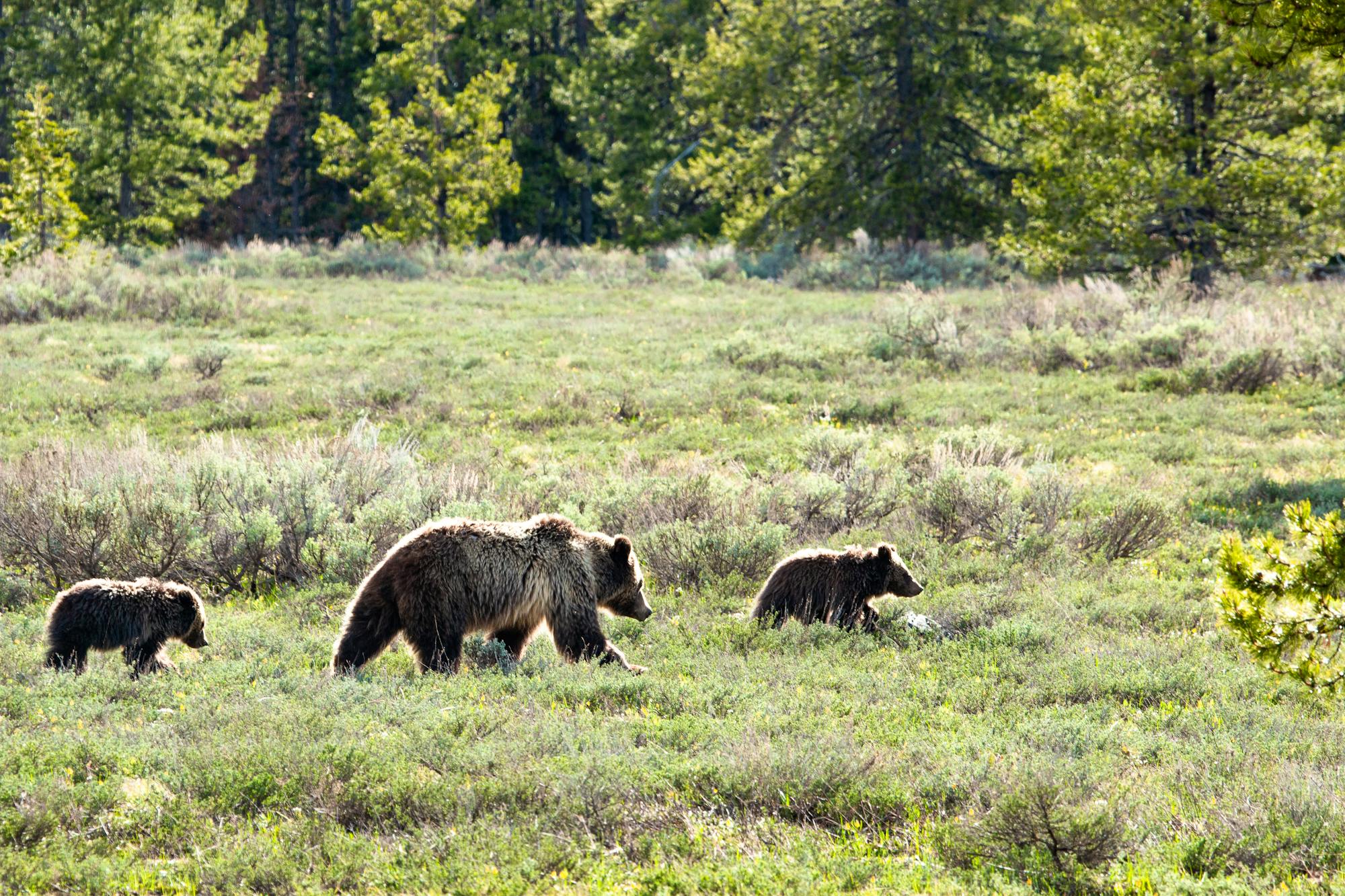The U.S. House of Representatives passed its Interior and Environment appropriations bill for Fiscal Year 2025 by a vote of 210-205. Defenders of Wildlife opposes this anti-wildlife bill which includes steep funding cuts and an immense number of anti-wildlife riders.
“This bill reflects a stunning disdain of the realities of the biodiversity crisis and the permanence of extinction. To be very clear, a vote for this bill is a vote to exacerbate the loss of species already knocking on extinction’s door and to harm the ecosystems we all rely on,” said Robert Dewey, vice president of government relations for Defenders of Wildlife. “In no way is this a good bill for wildlife or our nation.”
The bill blocks Endangered Species Act protections for species such as the gray wolf, wolverine, greater-sage grouse, grizzly bear, lesser prairie-chicken, northern long-eared bat and many others. It also undermines important advances made to preserve our nation’s landscapes by blocking funding for the Bureau of Land Management’s new Conservation and Landscape Health rule and blocking important elements of our nation’s landmark environmental laws, including the ESA, from being implemented.
Additionally, this bill blocks federal agencies from even attempting to minimize the harmful impacts of offshore oil and gas activities on North Pacific right whales, North Atlantic right whales, and Rice’s whales, three of the most critically endangered whale species in the world.
Additional poison pill riders added on the House floor include:
• One that would prevent ESA protections from applying to seven species of freshwater mussels. These mussel species are particularly vulnerable, have waited at least 16 years for protection, and would likely face extinction in the near future without federal intervention under the ESA.
• One that would block a proposed rule to list the Texas kangaroo rat as endangered under the ESA and designate its critical habitat. The Texas kangaroo rat was first identified as a species that may warrant listing as endangered or threatened in 1982, more than 40 years ago. Preventing this rule could doom the Texas kangaroo rat to extinction.
• One that would block a crucial plan to expand the Muleshoe National Wildlife Refuge in Texas. This expansion is necessary for protection of an endangered population of lesser prairie chicken. A wildlife refuge is the best means of protecting this habitat and of implementing the landscape-scale conservation strategy that will be needed to recover and eventually delist the lesser prairie-chicken.
• One that would block an important land management plan amendment that proposes balanced management – including conserving critical wildlife corridors – across 3.6 million acres of Bureau of Land Management lands in southwest Wyoming.
For over 75 years, Defenders of Wildlife has remained dedicated to protecting all native animals and plants in their natural communities. With a nationwide network of nearly 2.1 million members and supporters, Defenders of Wildlife is a leading advocate for innovative solutions to safeguard our wildlife for generations to come. To learn more, please visit https://defenders.org/newsroom or follow us on X @Defenders.
Media Contact
News

Colorado Releases Wolverine Reintroduction Plan, Defenders Stands Ready to Support


